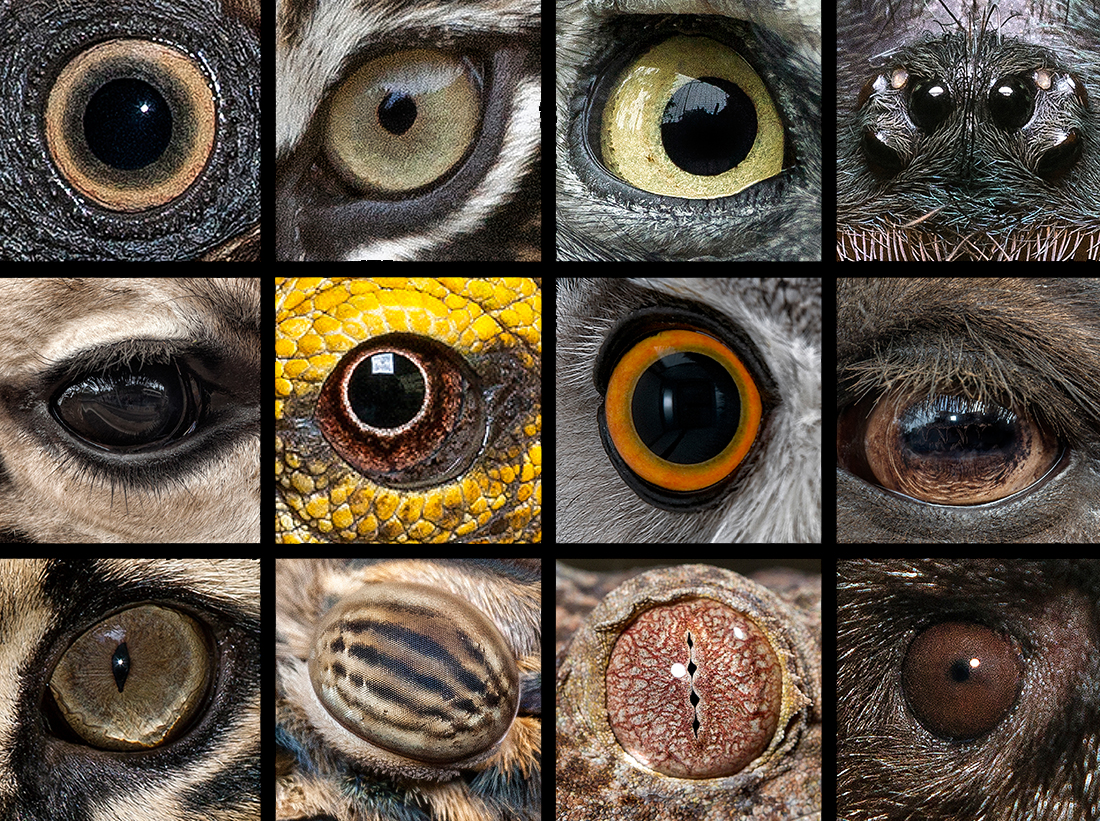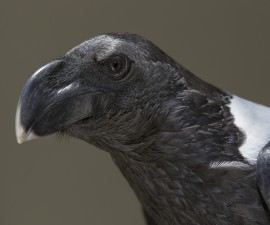The eyes may be the windows to the soul, but they are also truly amazing biological structures. There is a dizzying array of eye sizes, shapes, colors, and functions in the Animal Kingdom, right down to the surprisingly shaped pupils of some species.
BY Karen Worley
Photography by Ken Bohn
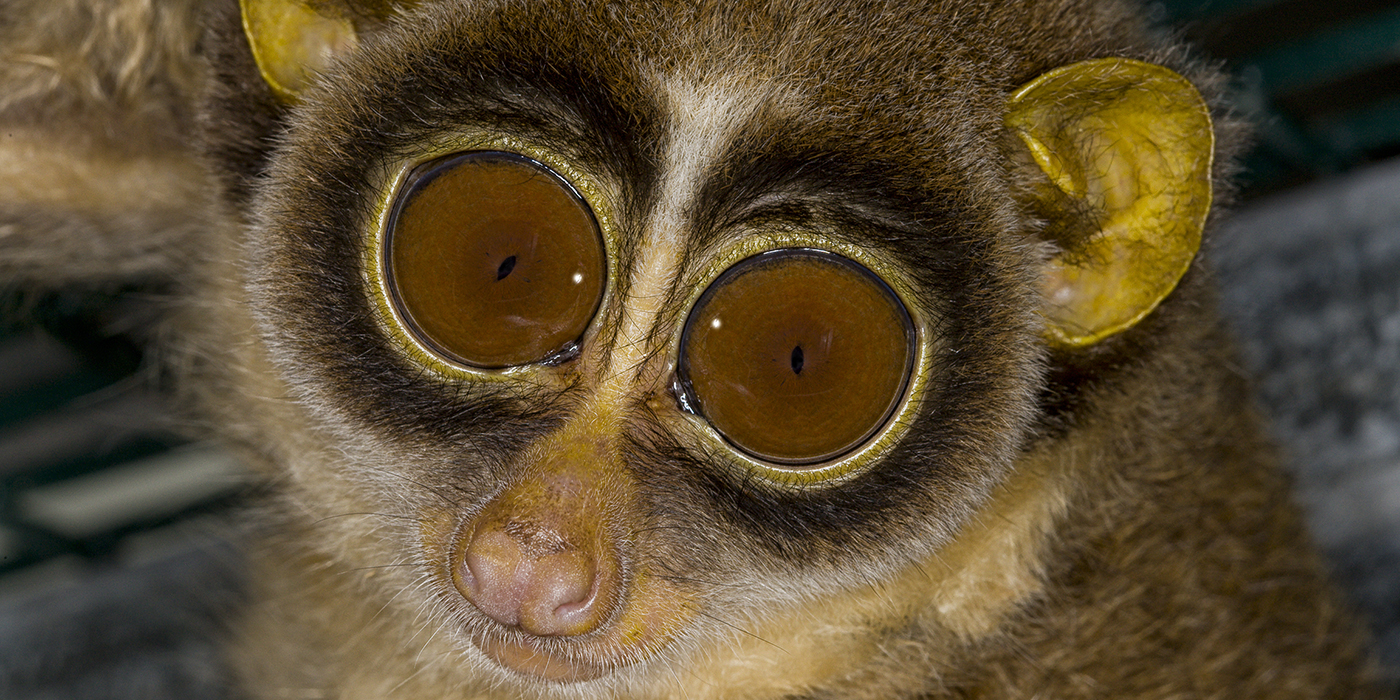
The Better to See You (in the Dark) With
Nocturnal animals like the loris tend to have big eyes in proportion to their body size and pupils that open wide in low-light conditions—what may seem like pitch black to a human may look like dim light to a loris. Also, like many other nocturnal species, the loris has a reflective layer behind the retina called the tapetum lucidum that reflects and intensifies whatever light is available. If you’re out in a forest at night and shine a flashlight, the glowing eyes peeking back at you are the result of this reflection, referred to as eyeshine.
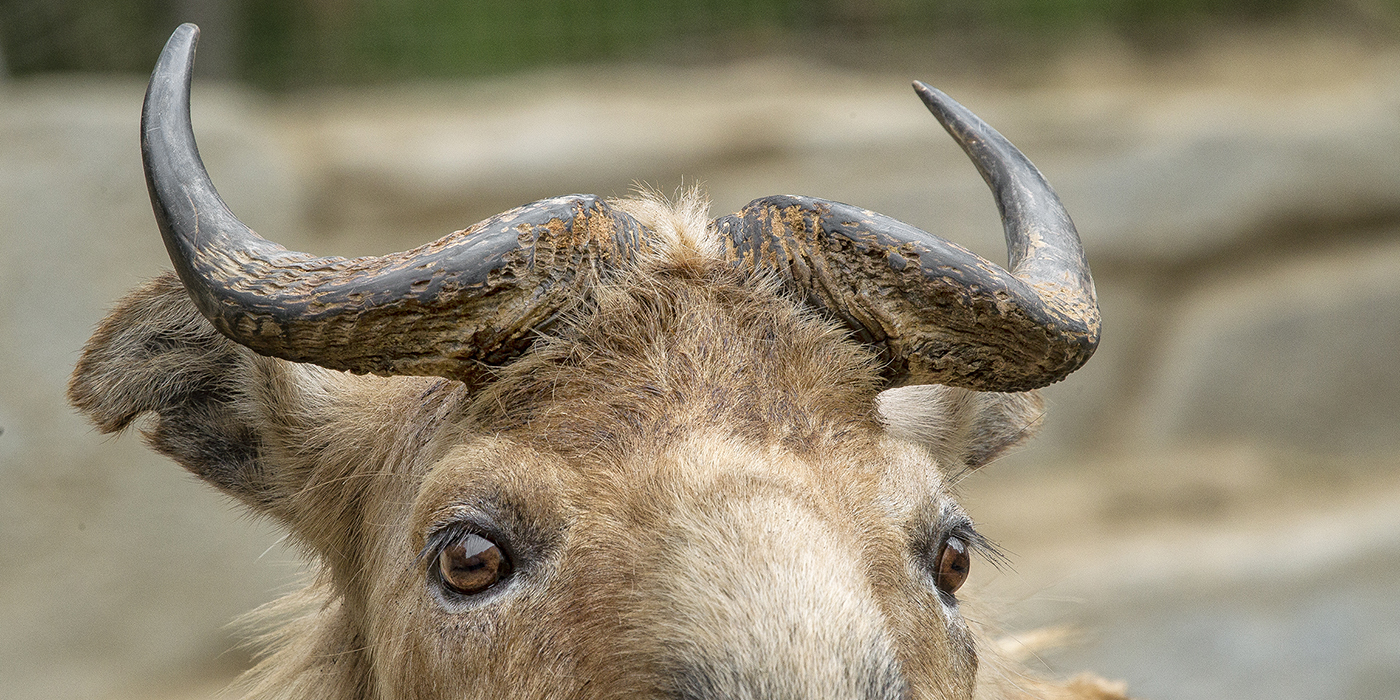
Keeping Their Eyes Open
Many hoofed animals, including goats, sheep, deer, antelope, horses, and cattle, have eyes placed on the sides of their head and have horizontal pupils, which are nearly rectangular when dilated. While some people find this look disconcerting, the pupil shape and position give these animals a panoramic visual range covering 320 to 340 degrees (human vision only covers about 180 degrees). They can see pretty much all around themselves without having to move, and they can see better at night than we can. That’s an important advantage for a prey species that needs to see what’s coming! There are some disadvantages, though. Because of the horizontal pupil, they can’t look up or down without raising or lowering their head. That’s why if you reach out to pet a goat’s head, it will often step back and look up at your hand—it can’t see what’s directly above it otherwise. These animals also have blind spots directly in front of their face and directly behind their back legs—if you startle them while standing behind them, you risk getting kicked.
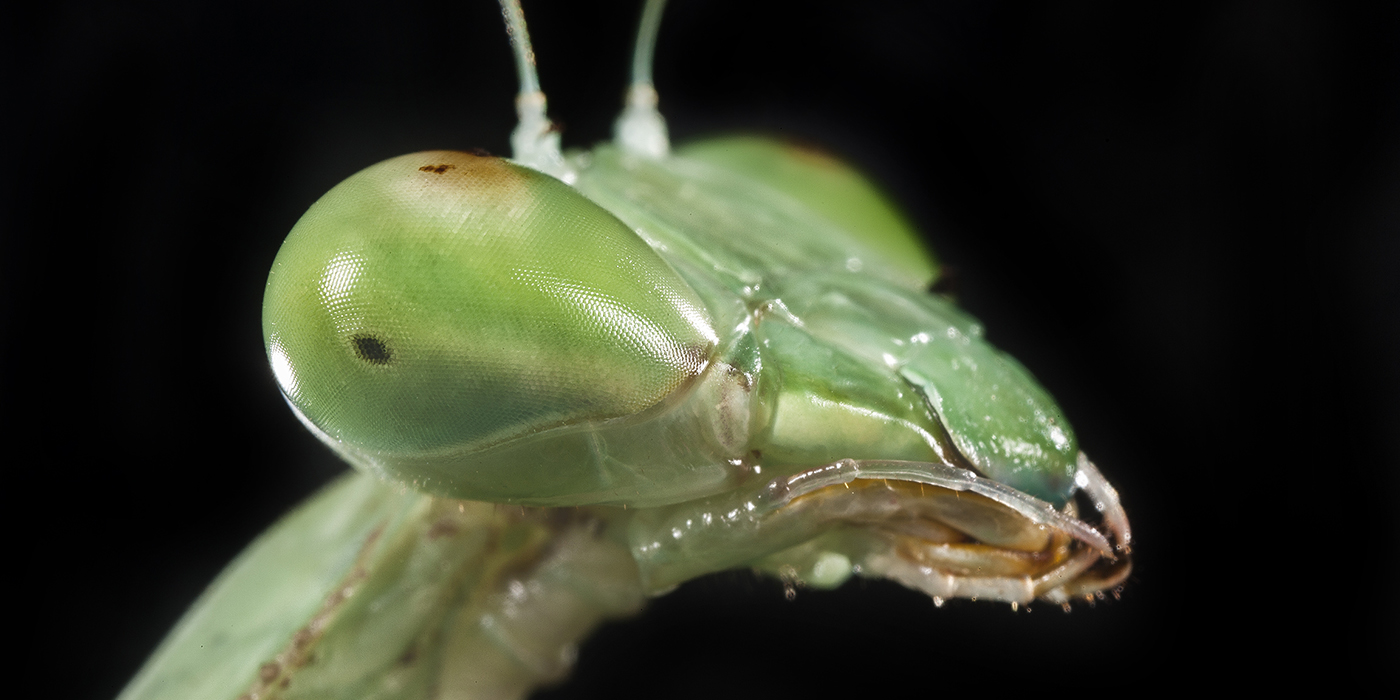
Staying Focused
Like humans, mantises have binocular vision, which allows them to judge the distance to their prey before striking. But unlike us, they have an insect’s intricately designed compound eyes, which masterfully detect movement and provide a wide angle of view. Compound eyes are made up of many individual units called ommatidia, and each one focuses a spot of light on the retina at its base. The information is sent to the brain, which then integrates all the spots together to form an image. In addition, the ommatidia in mantis eyes (as well as those of bees and dragonflies) are arranged specifically for acute vision and to receive more light, so they have better vision than some insects.
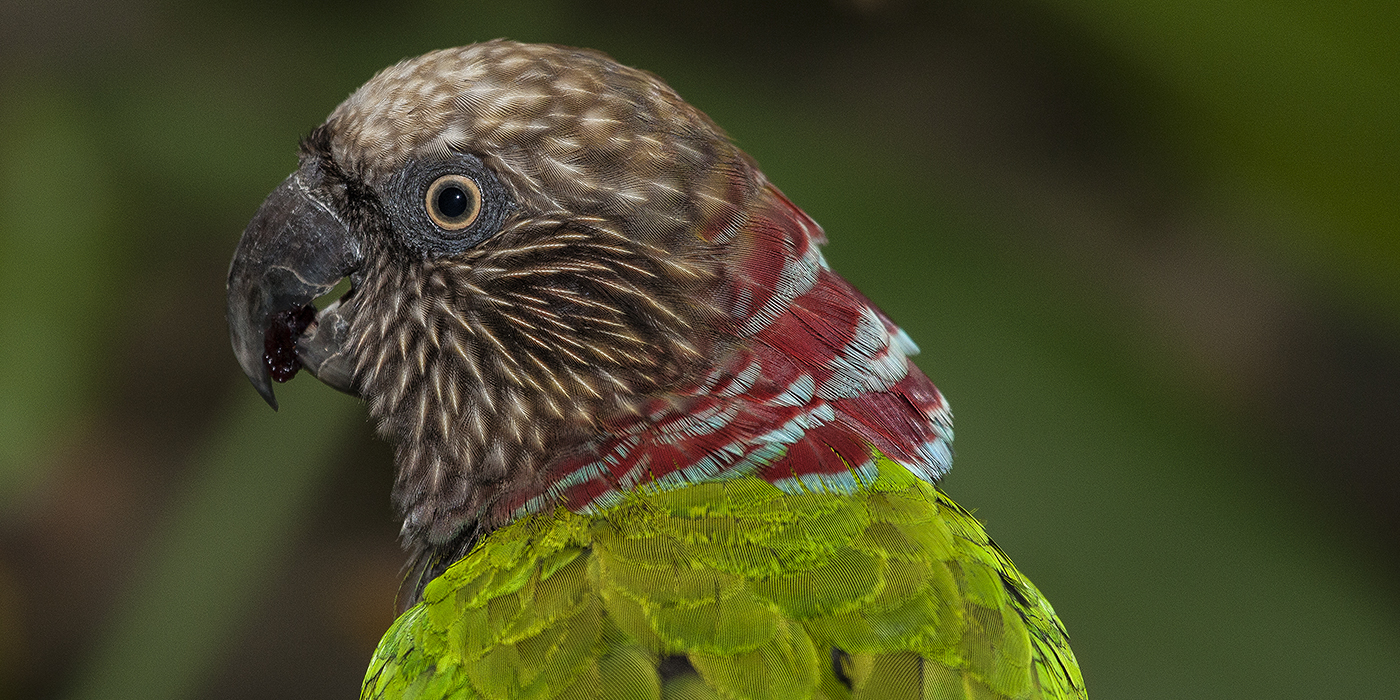
In Vivid Color
A parrot’s eyes are located toward the sides of its head, which gives it better lateral than frontal vision. That’s why when a parrot is intently looking at something, it turns its head or body sideways and focuses one eye on the subject, using monocular vision. The object will be in vivid color, however: parrots can see the same red, blue, and green light that humans can, but they can also see ultraviolet and fluorescent light, which we cannot. Another trick of the eye that parrots have over us is that they can rapidly dilate and constrict their pupils at will, a behavior known as pinning, which they do when they are excited or feeling aggressive.
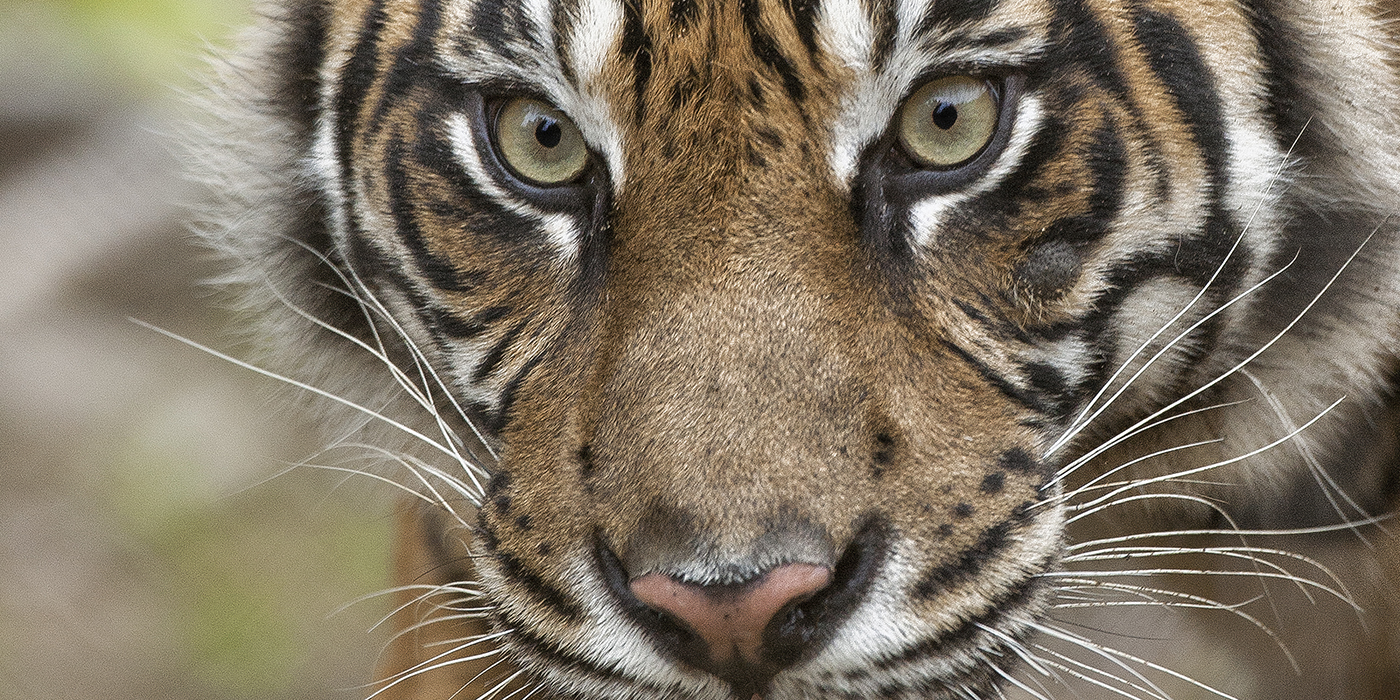
Eye of the Tiger
Vision is a vital sense for big cats like tigers, since they rely on their eyes to locate, stalk, and capture prey. Like other predators, big cats have eyes located in the front of their head and binocular vision, which enables them to perceive distance and depth. During the day, their eyesight is similar to ours, although they see less fine detail. Their pupils are round like ours, which provides minimal distortion of an image. At night, however, a tiger’s sight is about six times better than ours. Their retinas are made up mostly of rod receptors, which are sensitive to low light levels and can perceive even the slightest movement. That means they have fewer cone receptors than we do, which perceive color, so it is thought that tigers only see dull greens, blues, and reds. Tigers also have a tapetum lucidum at the back of each retina, which reflects and amplifies available light, and there is a wide line of nerves running horizontally across the center of the eye that increases their peripheral vision. With such powerful eyes, no wonder a big cat’s stare raises the hair on the back of our neck.
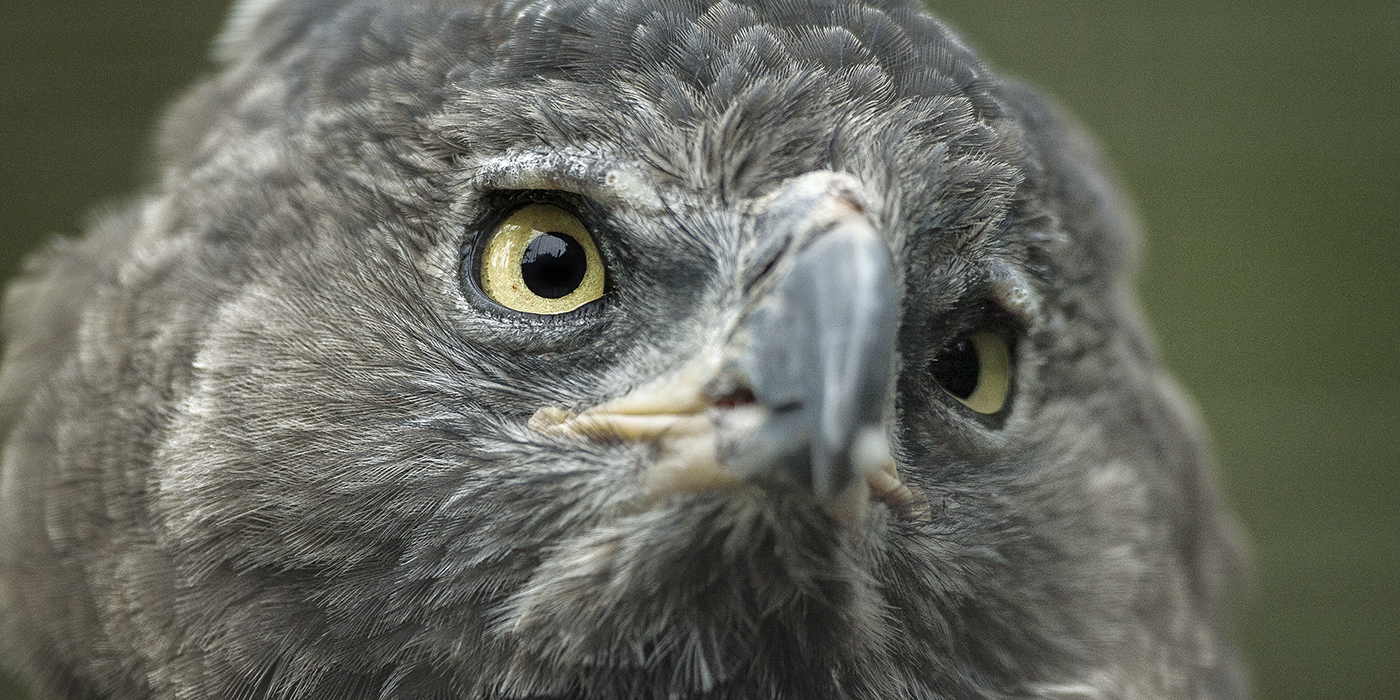
Eagle Eye
Eagles have remarkable eyesight; as birds of prey that hunt from the sky, they need that piercing vision to survive. It’s said that if humans had eagle eyes, we could see an ant crawling on the ground from the roof of a 10-story building! The back of an eagle’s eyeball is larger and flatter than ours, providing better visual acuity, and the retina is more densely packed with cone receptors, enhancing the ability for sharp focus and to see fine details. An area of the eye called the fovea, which detects light from the center of the visual field, is much deeper in eagles than in humans. This acts like a telephoto camera lens, giving eagles extra magnification in the center of their field of view. Eagles also have superior color vision: they see colors more vividly, they can discern more shades, and they can see ultraviolet light, which means they can detect the ultraviolet-reflecting urine trails of small prey. It’s easy to see why these regal birds are such formidable hunters.
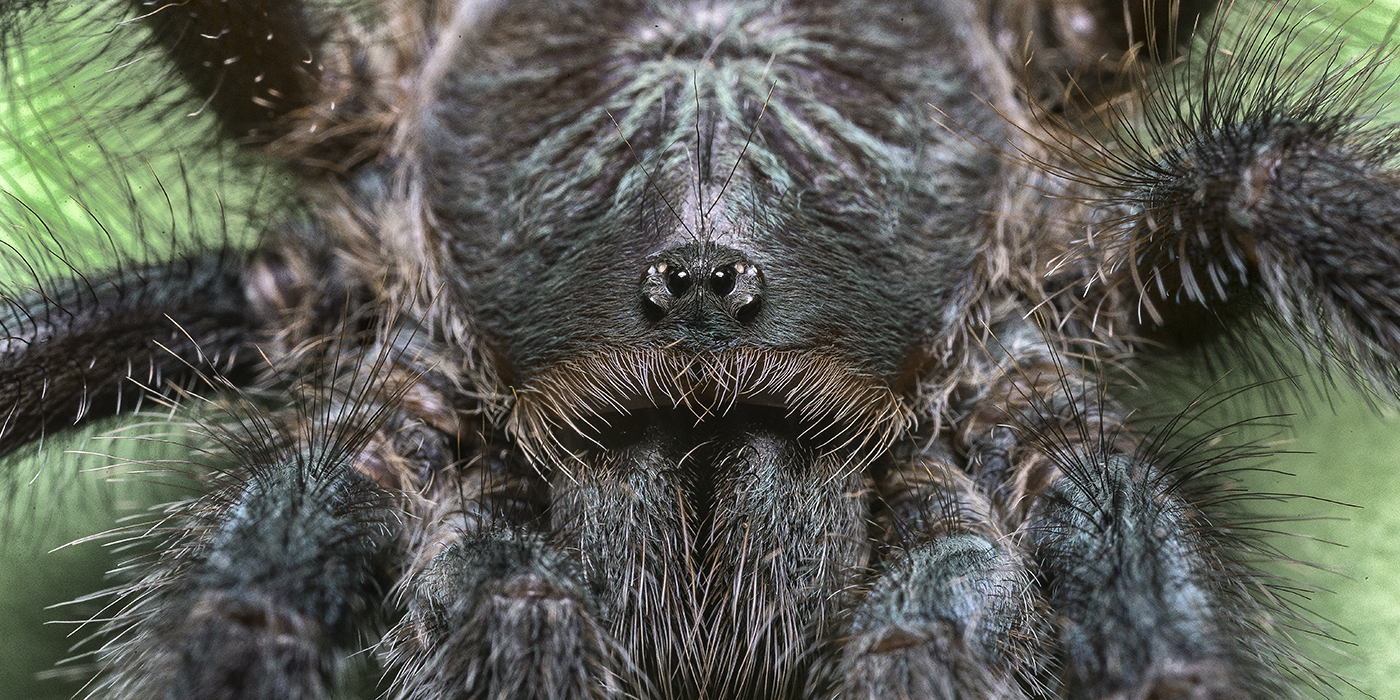
A Gleam in Their Eyes
Spiders are known for having many eyes, usually eight, although a few species have six, four, or even two. The eyes are arranged in specific patterns that are unique to each family of spider. For many species, especially those that rely on a web to catch food, vision is not their most important sense, and their eyes mostly detect motion and changes in light, including the position of the sun (even when it’s cloudy). Spiders that actively hunt for prey, however, like wolf spiders and jumping spiders, have better vision since they must judge depth and distance to capture food. For them, two smaller side eyes take in peripheral vision while the slightly bigger side eyes estimate distance, and the large central pair of eyes forms the image.
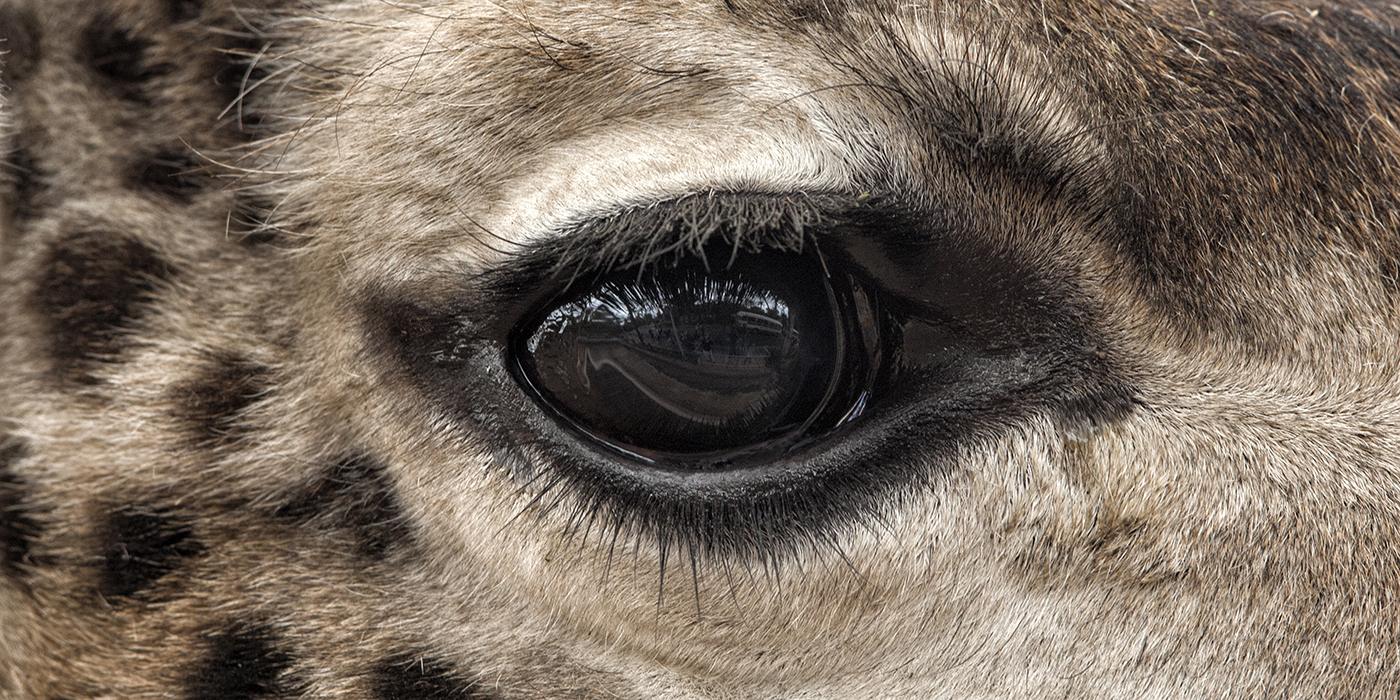
I Can See for Miles
If you think giraffes have big eyes, you’re right: an adult male’s eyeball can be about the size of a racquet ball. But when you consider how big giraffes are overall, their eyes are proportionate to their head. Like other hoofed animals, a giraffe’s eyes are located on the sides of the head to give them a wide field of peripheral vision, which is aided by having horizontal pupils. Although giraffes have keen senses of hearing and smell, they rely on their excellent eyesight to see long distances, keeping the rest of their herd in view and avoiding predators.They have some color vision and can distinguish red, yellow, and green.
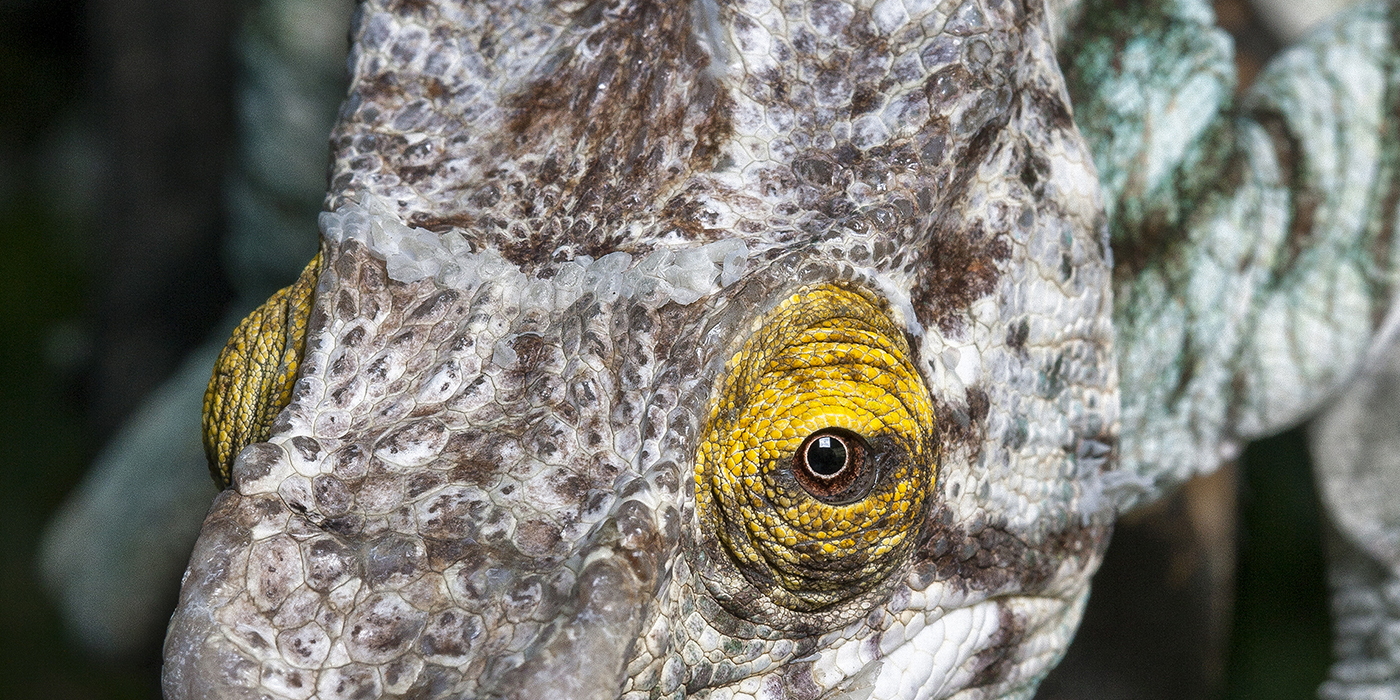
Double Vision
Chameleons have some of the most unique eyes in the Animal Kingdom. Their upper and lower eyelids are fused into a cone that covers almost the entire eyeball. They can roll and rotate each eye independently from the other, allowing the chameleon to view two separate objects from two directions at once—a full 360-degree field of vision. When the chameleon sees potential prey, it focuses both eyes in the same direction, creating the stereoscopic vision necessary to shoot out its tongue at high speed with precise distance and depth perception. Chameleons can see an insect several feet away, and they can see ultraviolet light.
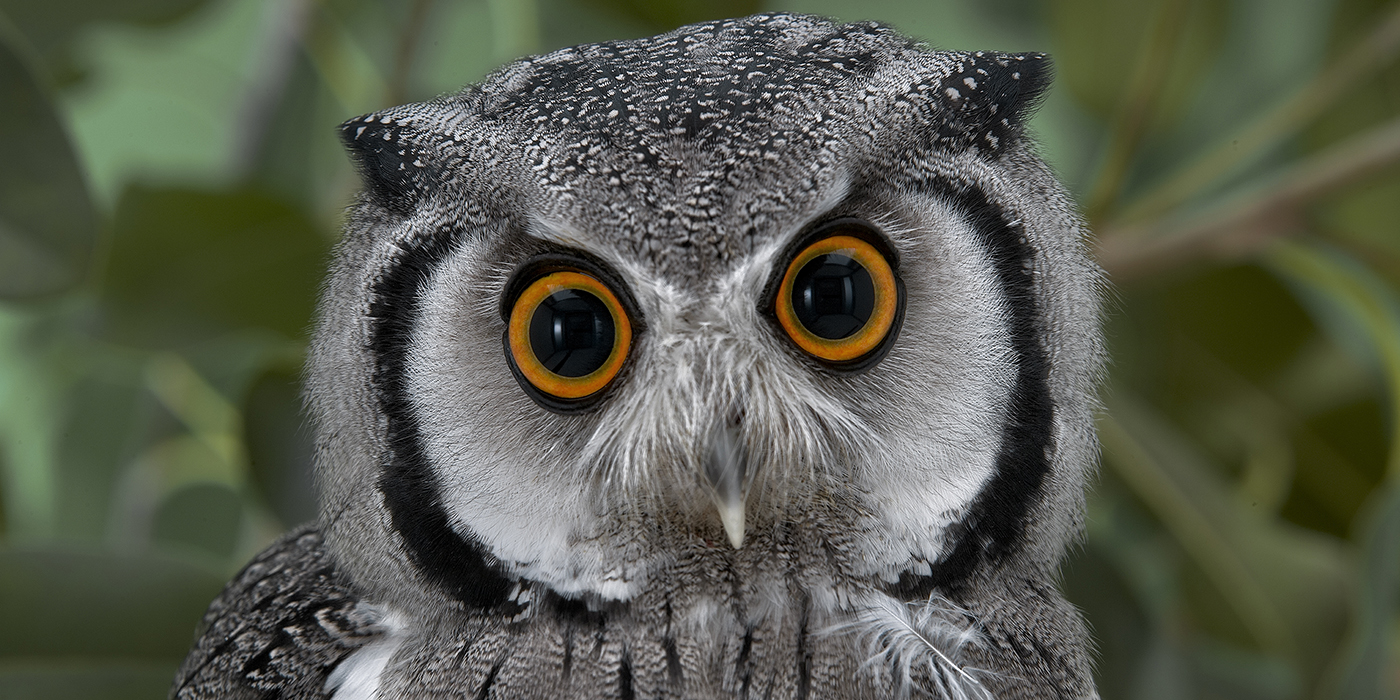
Hungry Eyes
Owls are well known for having amazing eyesight: they can see a mouse moving 150 feet away in light conditions no brighter than from candlelight. Because they are mostly nocturnal, owls have vision that is well adapted to hunting in the dark. They have large, forward-facing eyes, which give them the binocular vision that is important for judging distance and depth. The eyeballs are tubular in shape rather than round, resulting in a larger cornea to let in more light and a larger retina packed with rods that are sensitive to light and motion. There is also the reflective tapetum lucidum behind the retina to increase the effectiveness of the available light. One drawback of this eye structure is that owls are farsighted and can’t focus on objects that are too close. They also can’t move their eyes in the sockets—which they compensate for with a flexible neck that allows them to turn their head 270 degrees to either side and 90 degrees vertically.
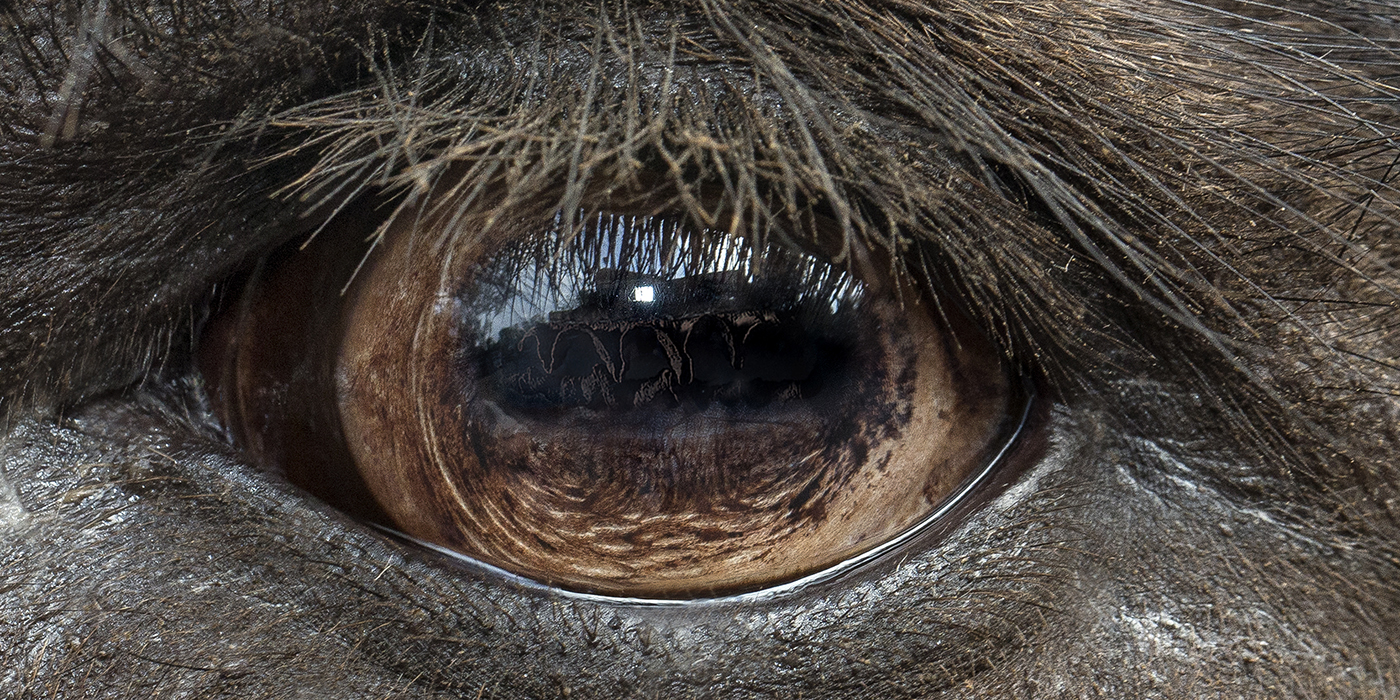
Seeing Is Believing
At first glance, the eyes of camelids (camels, llamas, guanacos, alpacas, and vicuñas) may look much like those of cattle and horses. The iris can be a range of colors from dark brown to blue, and the pupil is horizontal, although it is oval in shape instead of the more rectangular pupil of hoofed animals. Camelids have a range of panoramic vision similar to that of hoofed animals, able to see around themselves to detect predators. But zero in closer, and a secret is revealed: their pupils are rather weird. Dark, elongated, lumpy tissue, called iridic granules or corpora nigra, extends from the top and bottom of the pupil margins. It’s thought that this tissue helps protect the eye from bright sunlight and reflections. In very bright light, the top and bottom iridic granules actually extend and interlock, like the teeth of two combs, to completely cover the center of the pupil, leaving only two open spaces on either end of the pupil to let in light. That comes in handy for animals that live in deserts and open scrubland with lots of glare and little shade.
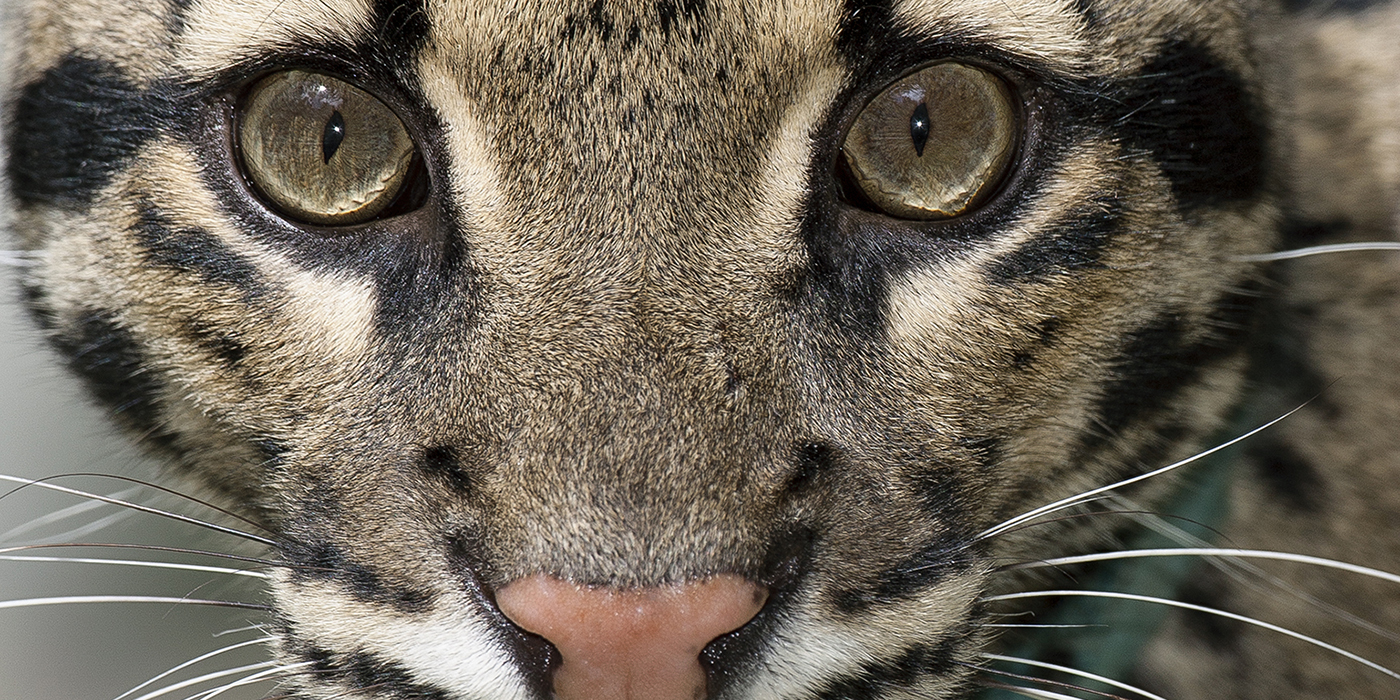
Cat’s Eye
Watch a small cat move from dim to bright light, and you’ll see the vertical or “slit” pupil they’re famous for. When cats hunt in low light or darkness, their pupils open into a wide circle to let in as much light as possible. But bright light could damage their eyes, so their pupils are able to constrict quickly to limit the light coming in. Round pupils, like ours, also constrict to keep light out, but because of the circular way the iris muscle bunches, it happens more slowly. A constricted round pupil also covers up an outer ring of receptors within the eye, which keeps some colors from being sharply focused. A slit pupil, with two sides that can close like a sliding door, is faster at constricting and leaves the receptors at the top and bottom of the eye open, resulting in better focus of all colors. A small cat’s visual acuity is about 6 times better than that of humans, and their field of vision is about 70 degrees wider.
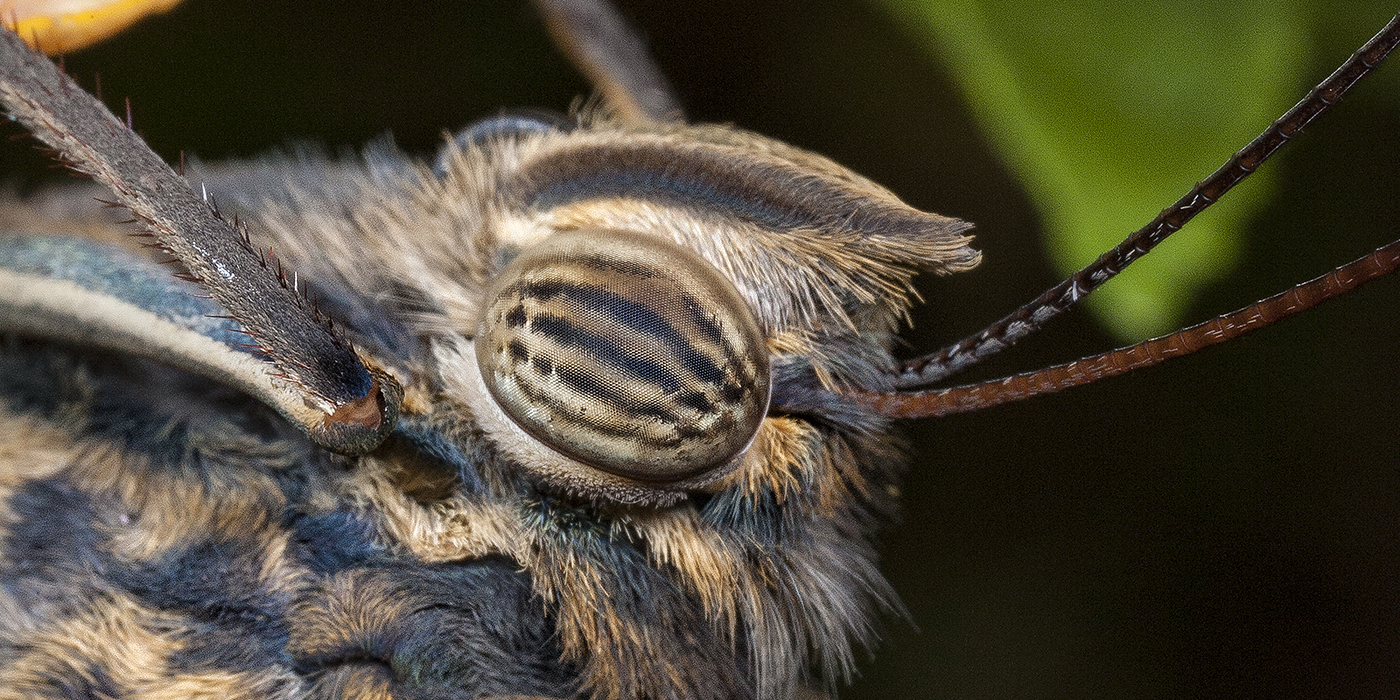
Bright Eyes
Butterflies have compound eyes, which are made of hundreds of microscopic, six-sided lenses that allow them to see in every direction simultaneously. While this type of vision prevents sharp focus, it does allow excellent perception of motion—which is why it’s very difficult to sneak up on flying insects. Butterflies can see color, including ultraviolet light that is invisible to the human eye. Why? Because many flowers have ultraviolet patterns, which serve as signals to butterflies (and bees) about where to land and where to find the pollen and nectar.
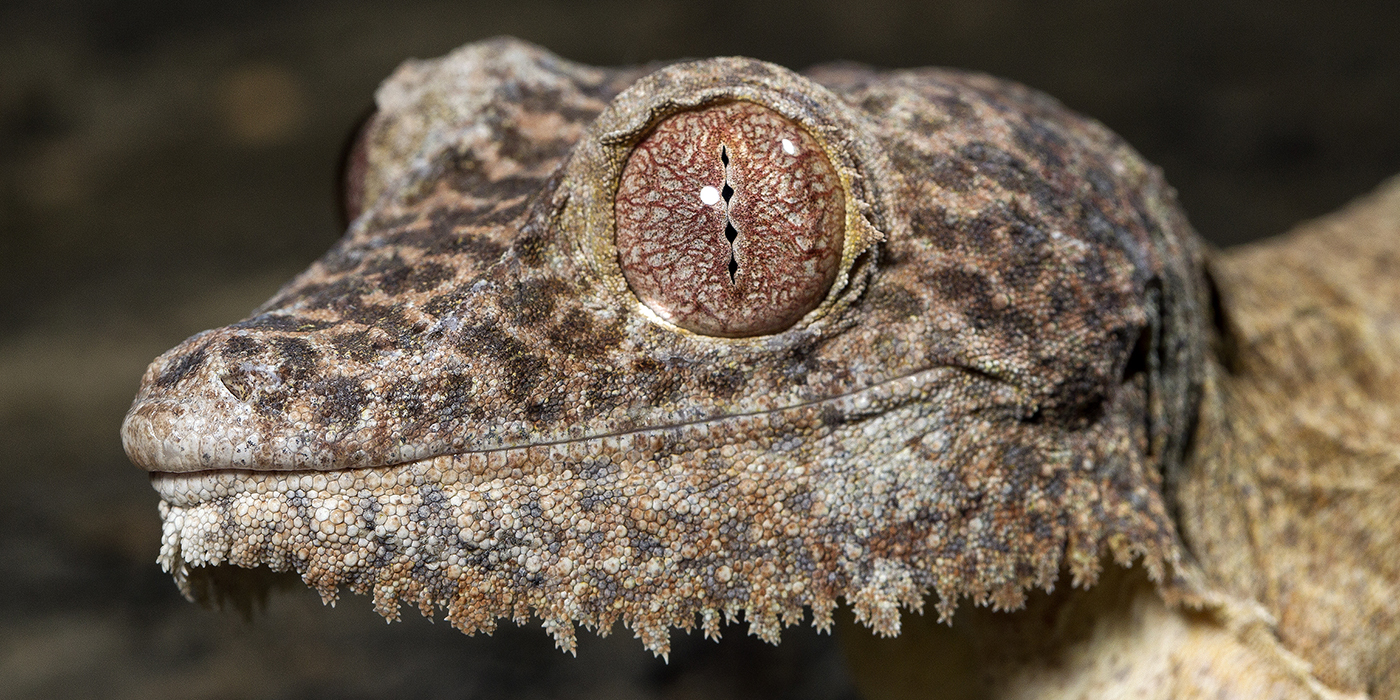
What a Sight
Leaf-tailed geckos have pretty surreal-looking eyes. They are covered with strange, intricate patterns to aid in camouflage, and instead of an eyelid, a transparent membrane protects the eye, which the gecko cleans with its tongue. When geckos hunt at night, their vertical pupils open wide to let in whatever light is available. However, these lizards are often awake during the day as well, and in bright light their pupils constrict to a narrow line with a series of “pinholes.” These let in just enough light so the gecko can see without hurting its eyes. A gecko’s eyes also have many more light-sensitive cells than human eyes have, and they can see up to 350 times better than we can in dim light, including colors.
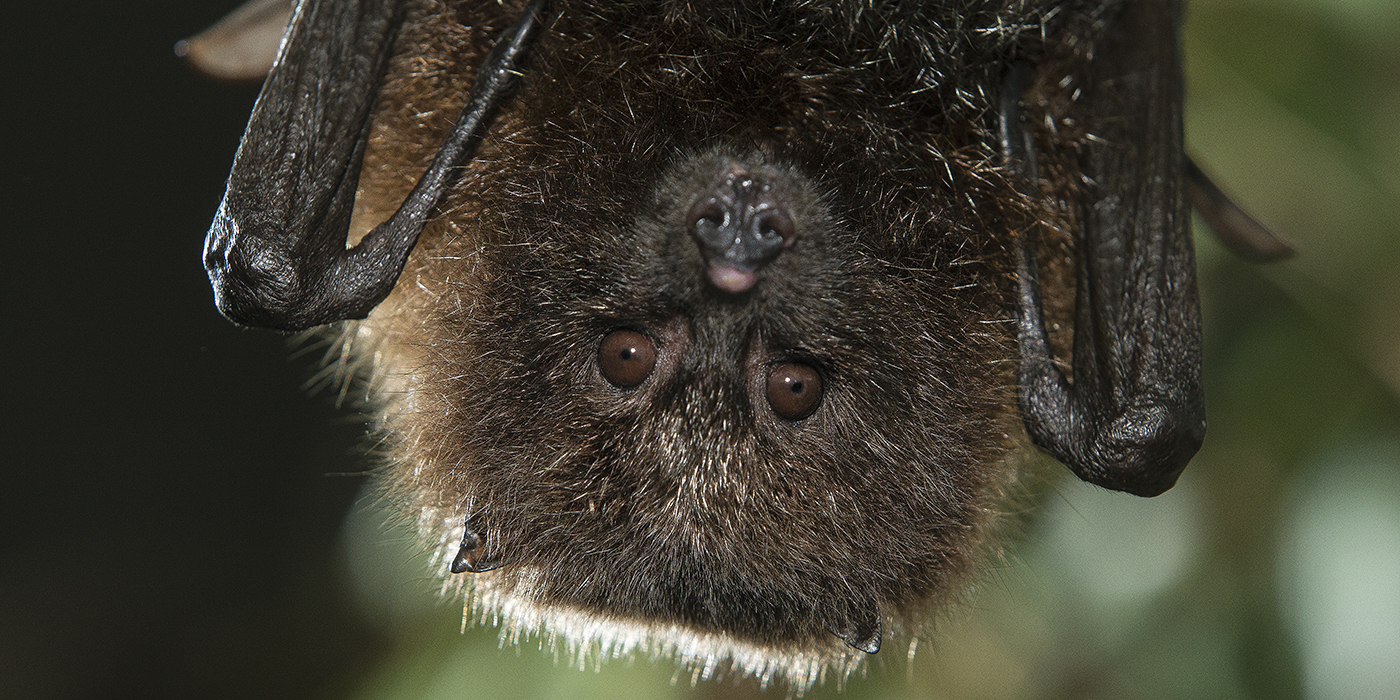
In the Eyes of the Beholder
Unlike insect-eating bats, fruit bats do not use echolocation to find food—they use their eyes and sense of smell. And because they forage for food at night, they have large eyes and pronounced visual processing areas of the brain. Fruit bats’ visual acuity is similar to that of a small cat. Their eyes contain large densities of rod receptors, which are light sensitive and allow them to see well in the dark. Fruit bats, especially the flying fox species, also have some cone receptors, which help them see some color. At first it was thought that Rodrigues fruit bats only had cones that could perceive green light, which would make them functionally color-blind. However, recent studies show that they can also see ultraviolet light, which increases their perception of color in ways we humans can’t quite imagine. Because these bats are seeking nectar from flowers, like bees and butterflies do, it does make sense that they would also benefit from seeing the ultraviolet patterns on a blossom that point to the sweet spot.
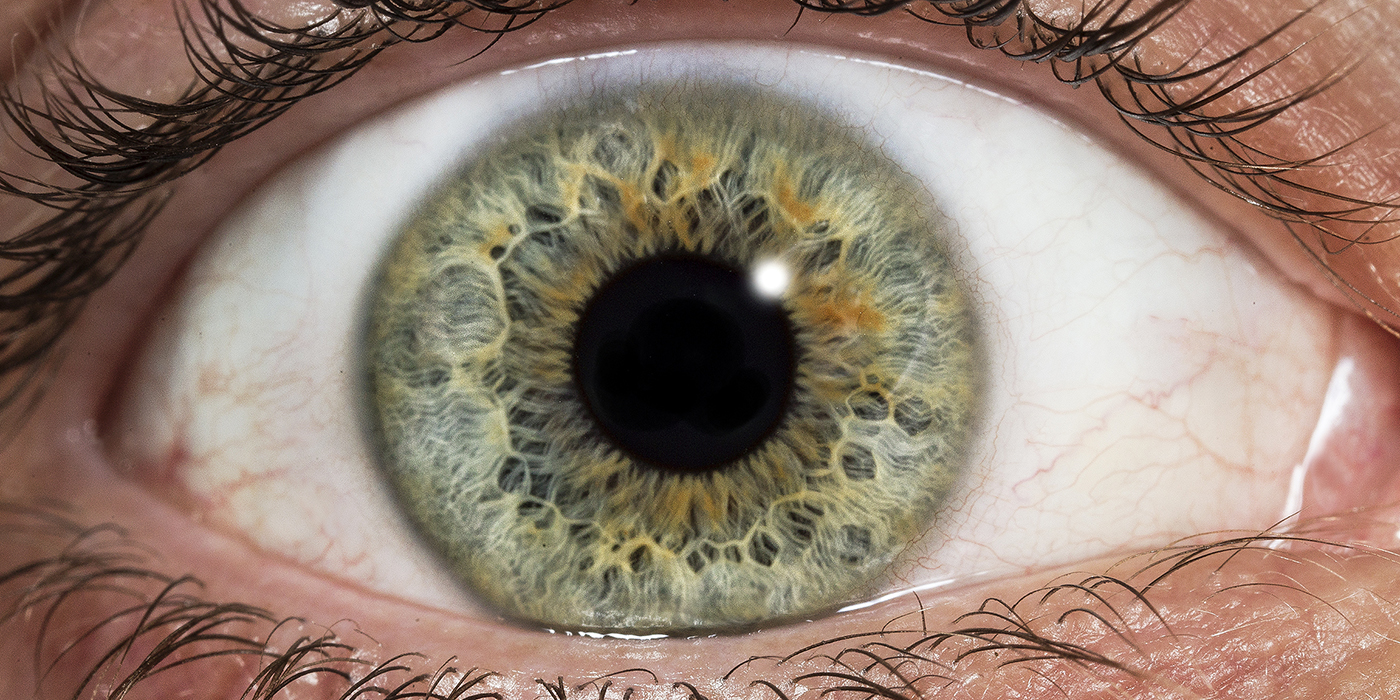
Eyes Front and Center
Like many species, humans have what are known as camera eyes. These have a muscular ring called the iris, which constricts and expands to control the amount of light coming into the pupil and hitting the light-sensitive cells, called rods and cones, on the retina in the back of the eye. The cornea on the outer surface of the eye has an adjustable lens, which provides about 70 percent of the eye’s focusing power. Like all primates, humans have forward-facing eyes in the front of our head with overlapping fields of vision. This is referred to as stereoscopic, or binocular, vision: an object is viewed from two different points, and the brain integrates these images along with information about the direction in which the eyes are pointing. The result is perception of depth and distance—seeing in 3-D. That’s what allows arboreal monkeys to leap from branch to branch without falling and helps us do things like walk down stairs, shake someone’s hand, or catch a ball.

